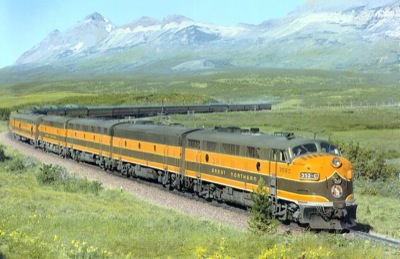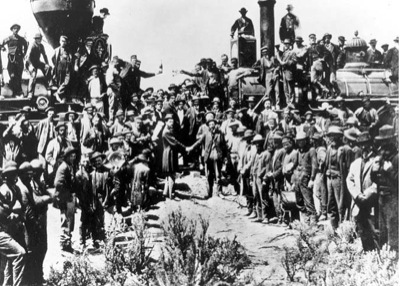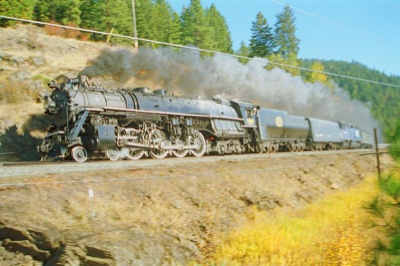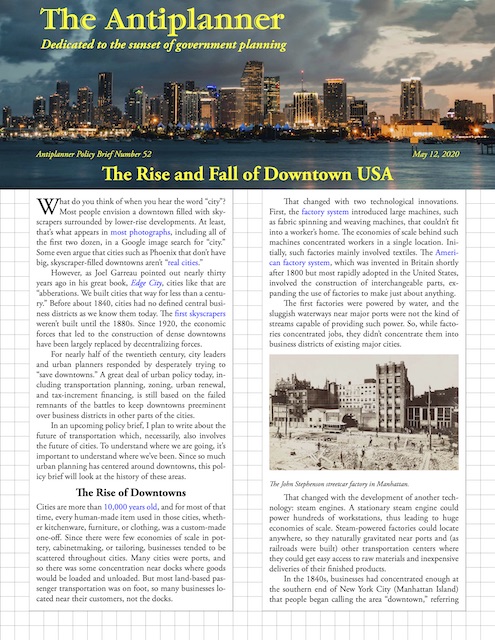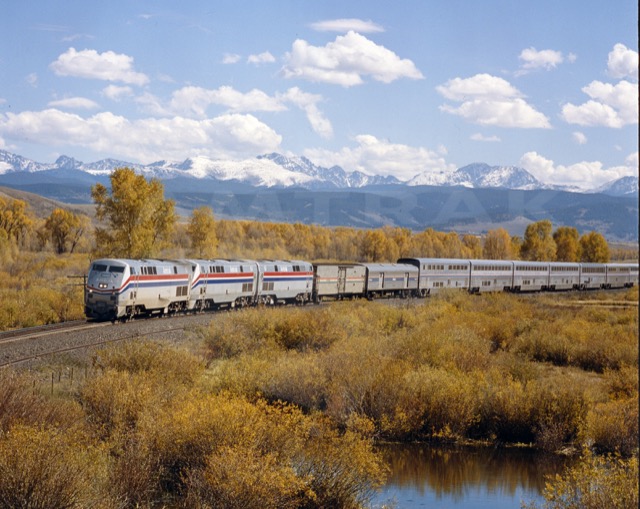While studying the BLM, I learned some valuable lessons about Oregon forests. Private timber companies that owned a large portion of Oregon’s forests practiced sustained yield but not non-declining even flow. Many of them were running out of old-growth timber and were counting on national forests and BLM lands to keep their mills running while waiting for their second-growth forests to grow back. But mills that didn’t own their own lands were already buying most of the federal timber on the market, and they feared being pushed out of business when the big timber land owners started competing against them.
The Forest Service and BLM had dramatically increased their allowable cut levels between 1950 and 1973. At first, this was possible simply because they had so much timber available, but in the last few years before 1973 they were increasingly relying on tricks like the allowable cut effect and genetic improvement. The agencies were clearly at their limit and couldn’t increase their allowable cut levels further without violating the non-declining even flow rule.
The timber industry had what it thought was an elegant solution to this problem: when the Forest Service and BLM calculated their allowable cuts, they should take nearby private lands into consideration. If those lands were growing second-growth timber, under the allowable cut effect the federal land managers could increase their allowable cuts. This would appear to satisfy the political need to protect local community stability. Continue reading

